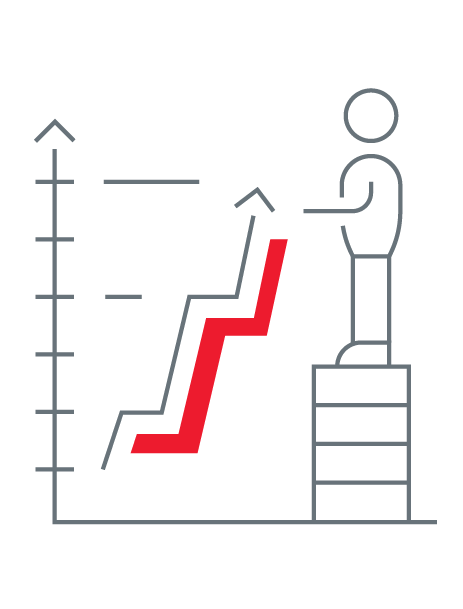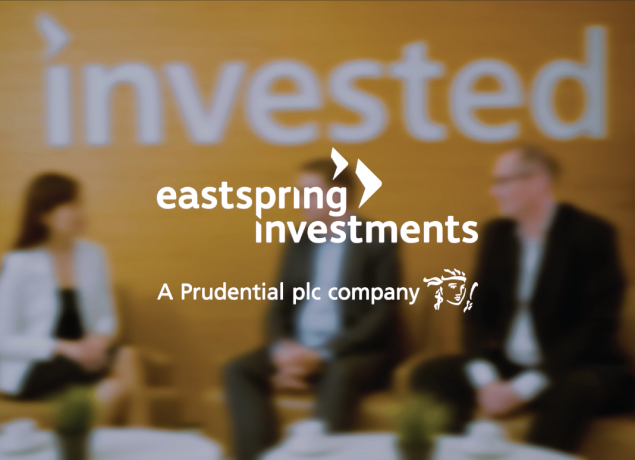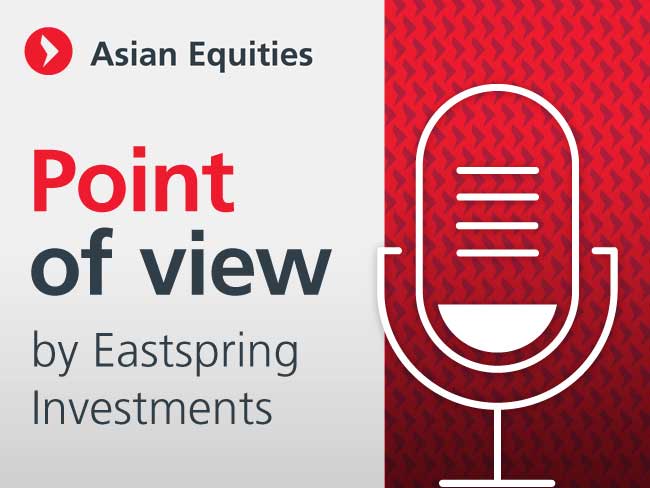
DISCLAIMER
All data are from Eastspring Investments (Singapore) Limited. The Fund is a sub-fund of the Eastspring Investments (the “SICAV”), an open-ended investment company with variable capital (société d'investissement à capital variable) registered in the Grand Duchy of Luxembourg on the official list of collective investment undertakings pursuant to part I of the Luxembourg law of 17 December 2010 relating to undertakings for collective investment (the “2010 Law”) and the Directive 2009/65/EC of the European Parliament and of the Council of 13 July 2009 (the “UCITS Directive”). The SICAV has appointed Eastspring Investments (Hong Kong) Limited (”Eastspring Investments Hong Kong”) as its Hong Kong Representative. This information is not an offer or solicitation of an offer for the purchase of investment units in the Fund. An offering document in relation to the Fund is available and may be obtained through Eastspring Investments Hong Kong or any of its appointed distributors. All applications for units in the Fund must be made on the application forms accompanying the offering document. Potential investors should read the offering document (including the risk factors stated therein in details and the risk factors in particular those associated with investments in emerging markets, if applicable) before deciding whether to subscribe for or purchase units in the Fund. An investment in units of the Fund is subject to investment risks, including the possible loss of the principal amount invested. Past performance is not necessarily a guide to the future or likely performance of the Fund. The value of the units in the Fund and any income accruing to the units, if any, may fall or rise. US/HK dollar-based investors are exposed to currency fluctuations where the Fund is denominated in currencies other than US/HK dollar. The information contained herein does not have any regard to the specific investment objective(s), financial situation or the particular needs of any person. Potential investors may wish to seek advice from a financial adviser before purchasing units in the Fund. In the event that potential investors choose not to seek advice from a financial adviser, they should consider whether the Fund is a suitable investment for them. Eastspring Investments Hong Kong is an ultimately wholly owned subsidiary of Prudential plc of the United Kingdom. Eastspring Investments Hong Kong and Prudential plc are not affiliated in any manner with Prudential Financial, Inc., a company whose principal place of business is in the United States of America or with the Prudential Assurance Company, a subsidiary of M&G plc, a company incorporated in the United Kingdom. The above materials and information on our website (eastspring.com.hk) have not been reviewed by the SFC. Issued by Eastspring Investments (Hong Kong) Limited.
























